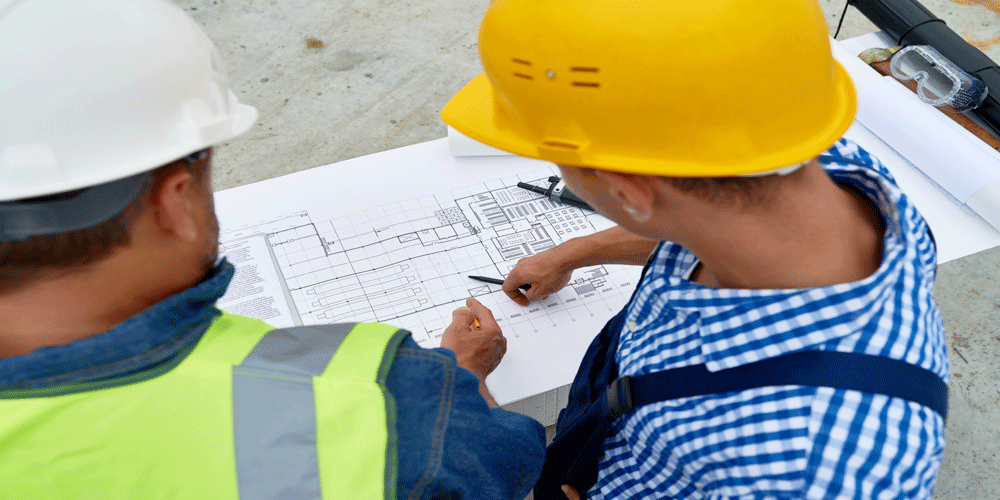As a property developer, you have a multitude of factors to consider when it comes to ensuring the quality and efficiency of your buildings. One crucial aspect that should not be overlooked is air tightness testing. In this post, we will explore the significance of air tightness testing and why it should be an integral part of your development process.
1️⃣ Energy Efficiency: Building regulations and standards around the world are increasingly focused on energy efficiency. An air-tight building envelope is essential for achieving optimal energy performance. Air leaks can result in significant heat loss during colder months and increase cooling demands during warmer periods. By conducting air tightness testing, you can identify areas of concern and take corrective measures to enhance energy efficiency. This not only reduces environmental impact but also offers long-term cost savings to both property owners and occupants.
2️⃣ Indoor Air Quality: An air-tight building not only prevents unwanted air leakage but also allows for better control over ventilation. Proper ventilation is crucial for maintaining good indoor air quality and preventing the buildup of pollutants, such as volatile organic compounds (VOCs) and mold. Air tightness testing helps ensure that ventilation systems are working effectively and that the indoor environment is healthy and comfortable for occupants.
3️⃣ Comfort and Occupant Satisfaction: Air leakage can lead to drafts, cold spots, and uneven temperatures within a building. These factors directly impact the comfort and satisfaction of the occupants. By conducting air tightness testing, you can identify areas that require attention, such as poorly sealed windows, gaps in insulation, or faulty door seals. Addressing these issues improves the overall comfort of the building and enhances the experience of those living or working within it.
4️⃣ Durability and Building Longevity: Air leaks not only affect energy efficiency but can also cause moisture-related problems, such as condensation and dampness. Over time, these issues can lead to structural damage, deterioration of building materials, and even mold growth. By performing air tightness testing during the construction phase, you can identify potential weak points in the building envelope and address them promptly, ensuring the long-term durability and longevity of the property.
5️⃣ Compliance with Building Regulations: Many countries have implemented building regulations that require air tightness testing as part of the construction process. Failure to comply with these regulations can result in penalties, delays, or even the need for expensive retrofits. By conducting air tightness testing proactively, you can ensure compliance with local regulations, avoiding potential legal issues and costly setbacks.
Air tightness testing is a crucial step in the development process for property developers. It helps improve energy efficiency, enhances indoor air quality, promotes occupant comfort, ensures building durability, and ensures compliance with regulations. By investing in air tightness testing, you demonstrate your commitment to delivering high-quality, sustainable, and comfortable buildings for your clients and contribute to a more efficient and environmentally friendly built environment.
